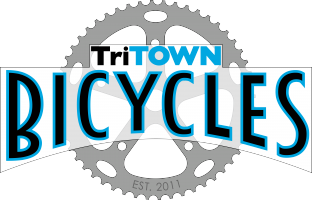The Toyota Production System Approach to Endurance Performance
- Posted on
- By Antonio Gonzalez
- Posted in endurance philosophy
- 0
Matthew Maguire was a machinist and labor union secretary from New Jersey who first proposed Labor Day in 1882. A typical work week in 1882 was 60 hours and 6 days per week. Add 1.5 hours per week in the summer months due to the additional daylight (light bulbs did not become common place until the very late 1800's). Working in a factory in the late 1800's was both physical and dangerous- OSHA would not be created for another 90 years. Needless to say, the typical worker had little additional energy for exercise during these times.
The boom in exercise the past 50+ years has more to do with the change in how we work than anything else. On average, we have more sedentary jobs and work less than our ancestors. To me, it is proof that by nature we are meant to be physical animals by the fact that many people chose to burn this extra energy through exercise as opposed to save it by resting or hibernating through the weekend.
In many cases we have the opposite problem of our forefathers: we have the time and energy to exercise too much and wear ourselves out not from our work, but from the activities we do during our free time. Our internal motivation and drive to exercise can be demanding- like a factory foreman telling our bodies to work faster and harder, while our bodies are the laborer in the factory asking for a more manageable pace and a few less work hours.
We as a species have gone wrong time and again by believing we can get more out of something or someone by simply squeezing harder. Interestingly, one of the most successful companies in history does just the opposite.
One of the greatest manufacturers in history is the Toyota Motor Corporation. In the mid 1900's, Toyota founder Kiichiro Toyoda noticed that the typical factory created quality and safety issues by pushing a machine or person beyond their natural limits. This overburdening of person and machine is called muri. He observed there is a proper balance and pace to all things and designed his operations to be more slow and steady like the tortoise and less fast and hurried like the hare. Over time, Toyota developed a method called heijunka to smooth out the unevenness in manufacturing and reduce the chance of overburdening the factory. Time has shown this to be a more effective way to decrease defeats, prevent burnout, and ultimately create a superior product over the long term.
Our bodies are no different. By design our bodies do not demand a rest day, rest week, or an off-season, but this does not mean we should push them to their breaking point. There is no glory in injury or burnout.
I hope you enjoy the Labor Day holiday and find the proper pace and balance between rest and exercise, and remember:
More is not always more.
More training does not guarantee more fitness.
More reps do not guarantee more strength.
More intervals do not guarantee more speed.
And most importantly, remember that fitness follows heath.
Antonio Gonzalez
9/4/2023
Tri Town Bicycles

Comments
Be the first to comment...